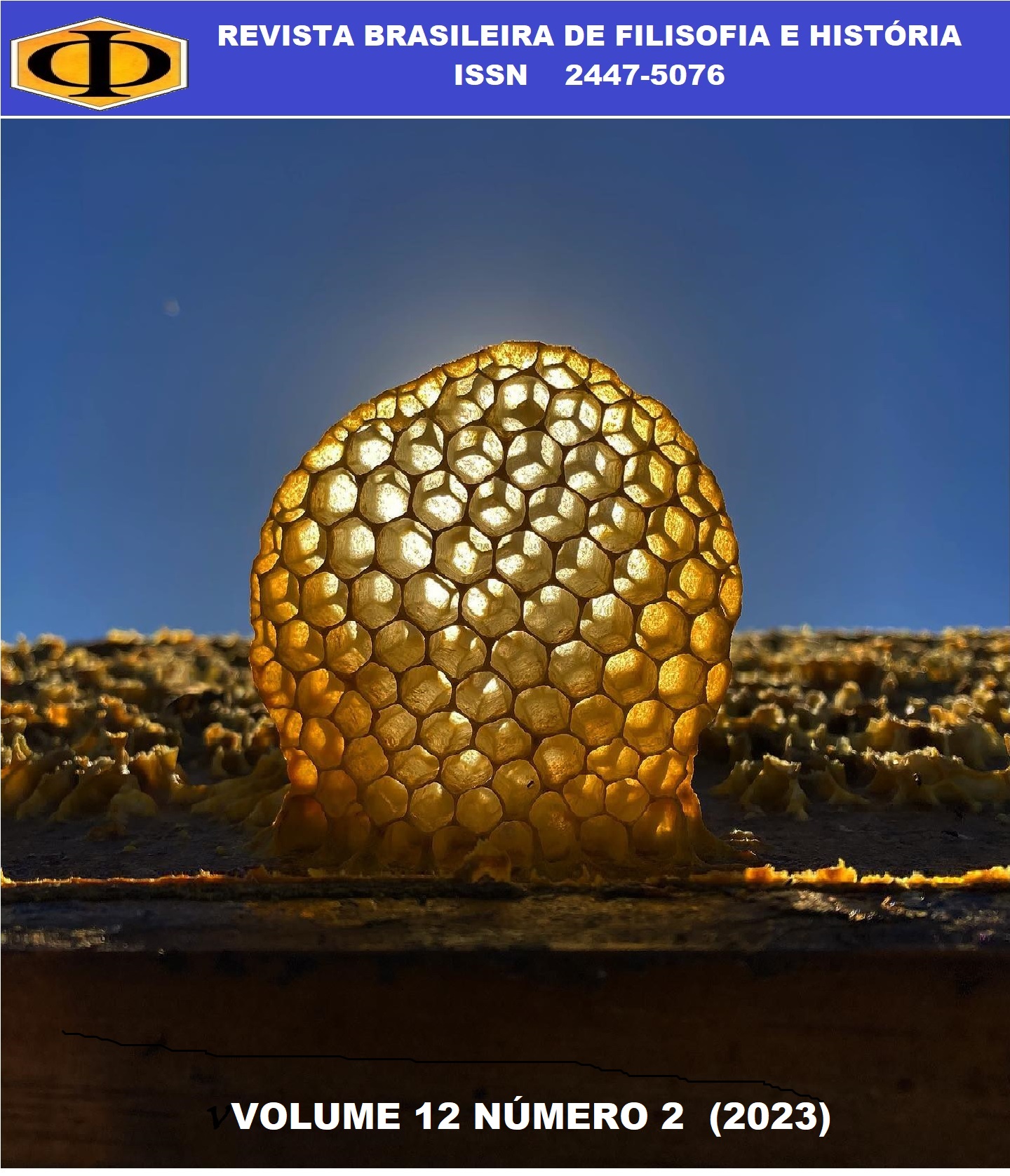The fundamental right of access to justice and the factual counterpoint
Abstract
The criminal procedurais systems presuppose the adoption of constitutional guidelines and norms of each state, for adaptation to the concrete case. In Brazil, given the antiquity and contradictions of its current code, the legislation is in need of improvement. With the advent of the Anti-Crime Package, especially with regard to the guarantee judge, the thesis was legally established that the Brazilian criminal procedure should be governed by the accusatory system. All this, related to the implementation of a guarantor judge who is primarily responsible for controlling the legality of the criminal investigation and safeguarding individual rights. In this environment, the rationale that the institute would be the best way to implement the principle of impartiality, as a fundamental attribute of the jurisdictional exercise of the state, is consistent. In addition, the system will cause significant impacts on the procedural scenario, which must be taken into account to guarantee the effectiveness of the jurisdictional provision and the reasonable duration of the process.
References
BRASIL. Código de Processo Penal. Brasília: Presidência da República, 1941. Disponível em: <https://www.planalto.gov.br/ccivil_03/decreto-lei/del3689.htm>. Acesso em: maio de 2023.
BRASIL. Conselho Nacional de Justiça. Código de Ética da Magistratura Nacional. Brasília, 2009. Disponível em: <https://www.cnj.jus.br/codigo-de-etica-da-magistratura/>. Acesso em: 30 jun. 2023.
BRASIL. Conselho Nacional de Justiça. Dados estatísticos de estrutura e localização das unidades judiciárias com competência criminal. Brasília, 2020. Disponível em: . Acesso em: 30 jun. 2023.
BRASIL. Constituição Federal de 1988. Brasília: Presidência da República, 1988. Disponível em: <https://www.planalto.gov.br/ccivil_03/constituicao/constituicao.htm>. Acesso em: 30 jun. 2023.
BRASIL. Justiça em Números 2022. Brasília: CNJ, 2022. Disponível em: <https://www.cnj.jus.br/wp-content/uploads/2022/09/justica-em-numeros-2022-1.pdf>. Acesso em: 30 jun. 2023.
BRASIL. Lei no 13.964, de 24 de dezembro de 2019. Aperfeiçoa a legislação penal e processual penal. Brasília: Presidência da República, 2019. Disponível em: <https://www.planalto.gov.br/ccivil_03/_ato2019-2022/2019/lei/l13964.htm>. Acesso em: 30 jun. 2023.
CAPEZ, Fernando. Curso de Processo Penal. 18 ed. São Paulo: Saraiva, 2011.
Jogos. Florianópolis: E Mais, 2020.
LIMA, Renato Brasileiro de. Manual de Processo Penal. 8. ed. rev., ampl. e atual. Salvador: Ed. JusPodivm, 2020.
LOPES JÚNIOR, Aury. Direito processual penal. – 17. ed. – São Paulo: Saraiva Educação, 2020.
LOPES JÚNIOR, Aury. Teoria da dissonância cognitiva ajuda a compreender a imparcialidade do juiz. Disponível em: <https://www.conjur.com.br/2014-jul- 11/limite-penal-dissonancia-cognitiva-imparcialidade-juiz>. Acesso em: maio de 2023.
MORAIS DA ROSA, Alexandre. Guia do Processo Penal conforme a Teoria dos
NUCCI, Guilherme de Souza. Processo Penal e Execução Penal. 3. ed. São
Paulo: Revista dos Tribunais, 2007.
RANGEL, Paulo. Investigação Criminal Direta Pelo Ministério Público: Visão Crítica. 3. ed. Rio de Janeiro: Lumen Juris, 2009.
Downloads
Published
Versions
- 2023-07-25 (4)
- 2023-07-25 (3)
- 2023-07-25 (2)
- 2023-07-25 (1)
How to Cite
Issue
Section
License
Esta é uma revista de acesso livre, onde, utiliza o termo de cessão seguindo a lei nº 9.610/1998, que altera, atualiza e consolida a legislação sobre direitos autorais no Brasil.
Autores que publicam na Revista Brasileira de Filosofia e História (RBFH) concordam com os seguintes termos:
O(s) autor(es) doravante designado(s) CEDENTE, por meio desta, cede e transfere, de forma gratuita, a propriedade dos direitos autorais relativos à OBRA à Revista Brasileira de Filosofia e História (RBFH), representada pelo Grupo Verde de Agroecologia e Abelhas (GVAA), estabelecida na Rua João Pereira de Mendonça , 90 Bairro Petropolis em Pombal - PB doravante designada CESSIONÁRIA, nas condições descritas a seguir: 1. O CEDENTE declara que é (são) autor(es) e titular(es) da propriedade dos direitos autorais da OBRA submetida. 2. O CEDENTE declara que a OBRA não infringe direitos autorais e/ou outros direitos de propriedade de terceiros, que a divulgação de imagens (caso as mesmas existam) foi autorizada e que assume integral responsabilidade moral e/ou patrimonial, pelo seu conteúdo, perante terceiros. O CEDENTE cede e transfere todos os direitos autorais relativos à OBRA à CESSIONÁRIA, especialmente os direitos de edição, de publicação, de tradução para outro idioma e de reprodução por qualquer processo ou técnica através da assinatura deste termo impresso que deverá ser submetido via correios ao endereço informado no início deste documento. A CESSIONÁRIA passa a ser proprietária exclusiva dos direitos referentes à OBRA, sendo vedada qualquer reprodução, total ou parcial, em qualquer outro meio de divulgação, impresso ou eletrônico, sem que haja prévia autorização escrita por parte da CESSIONÁRIA.













